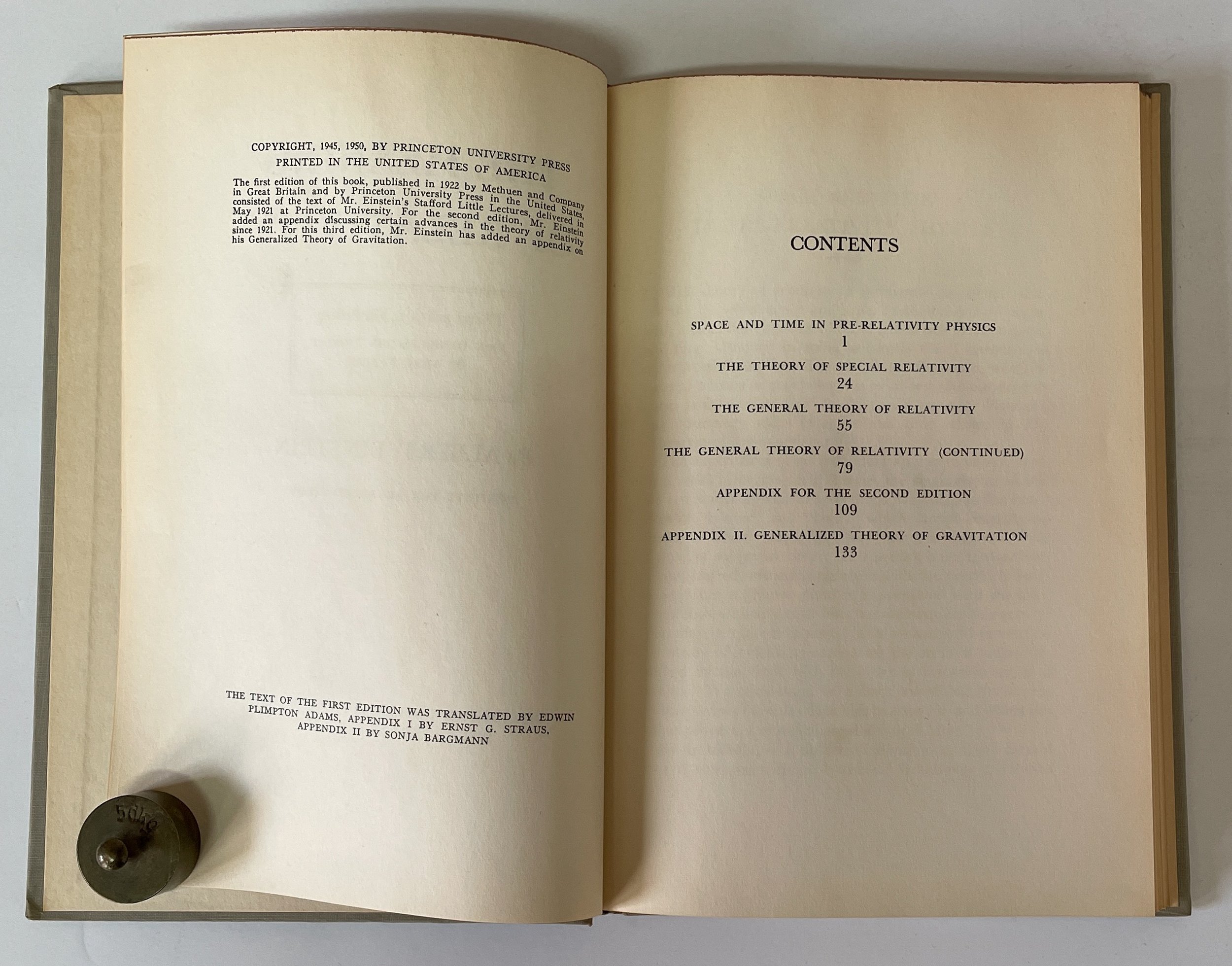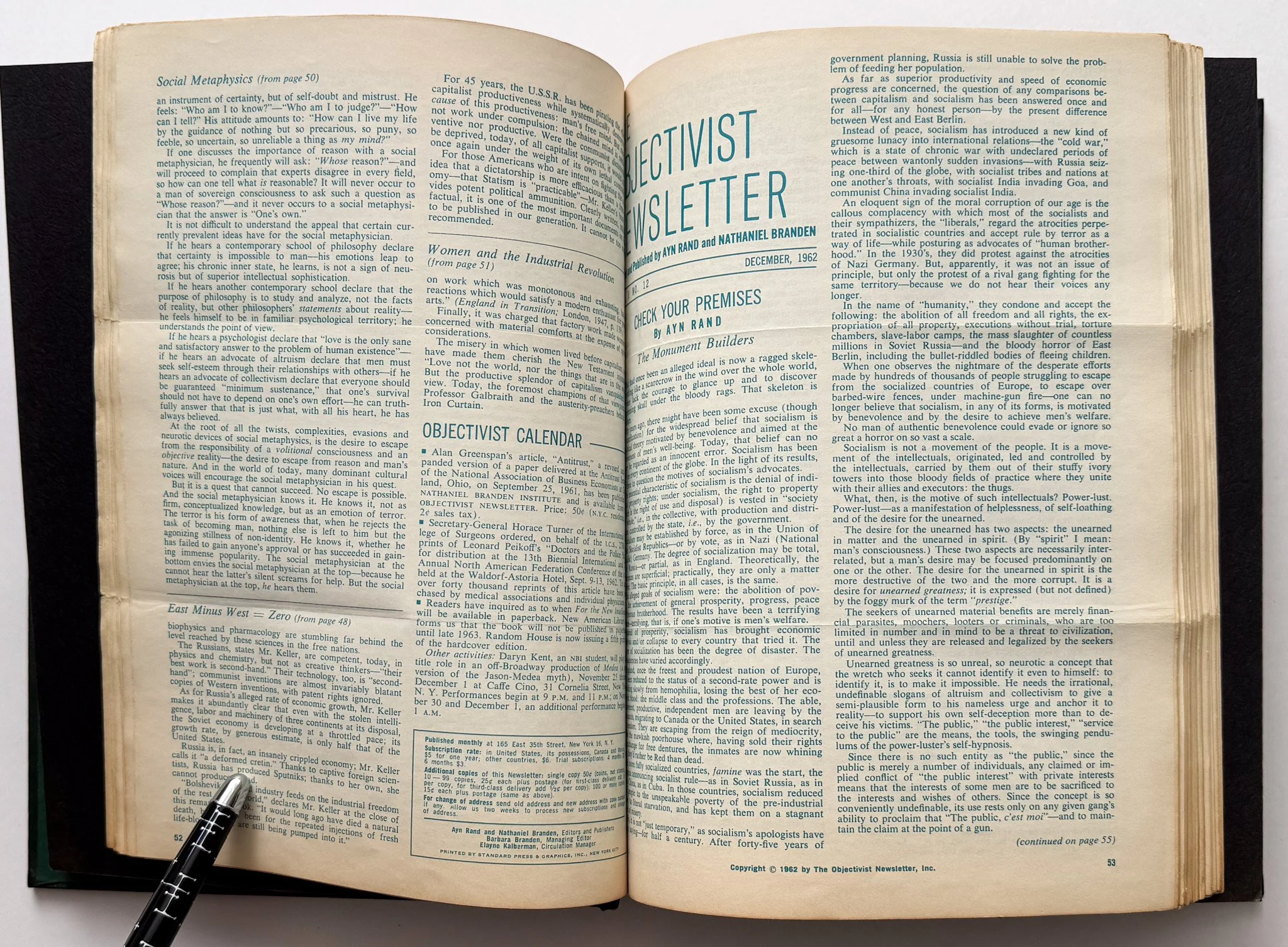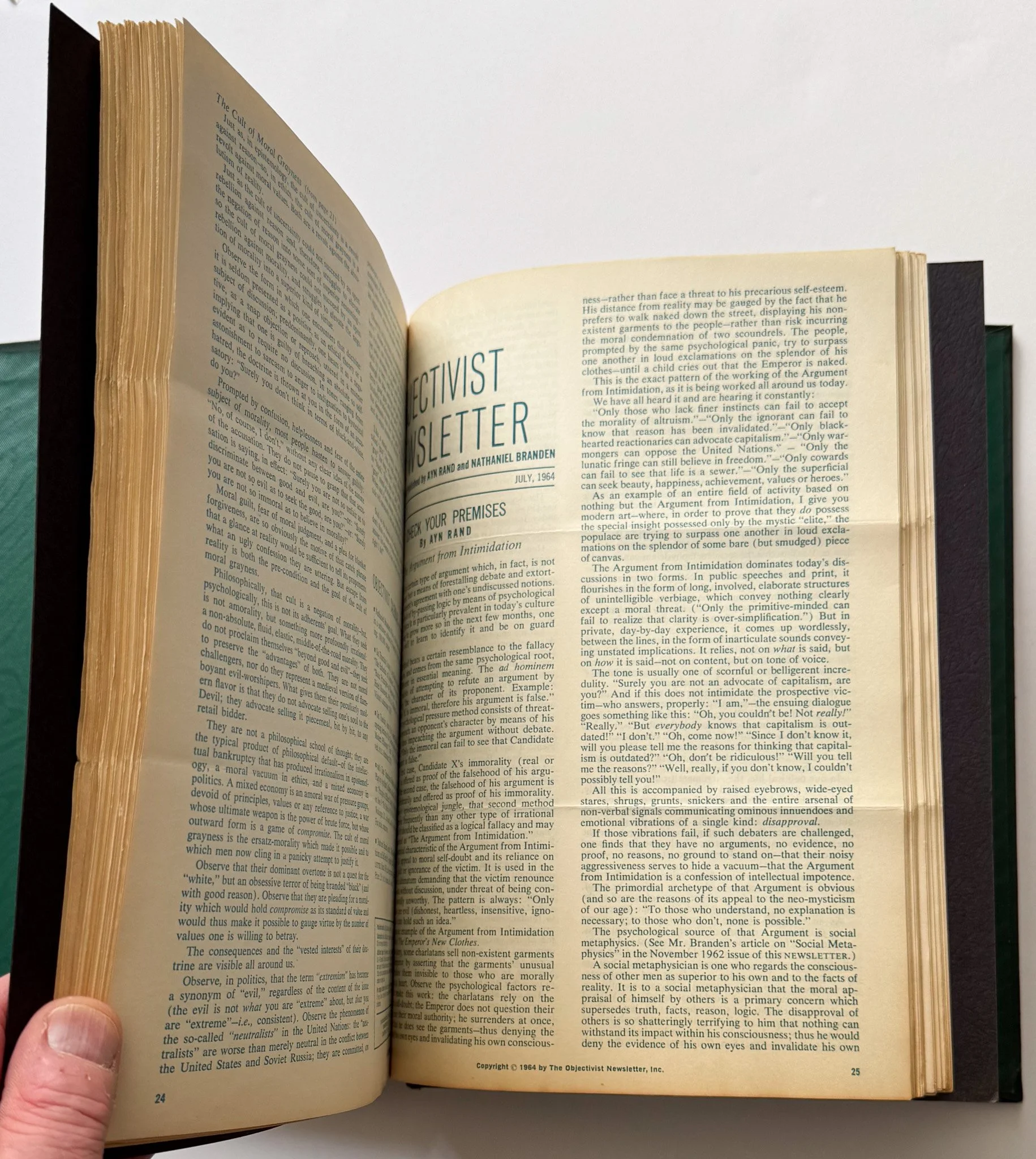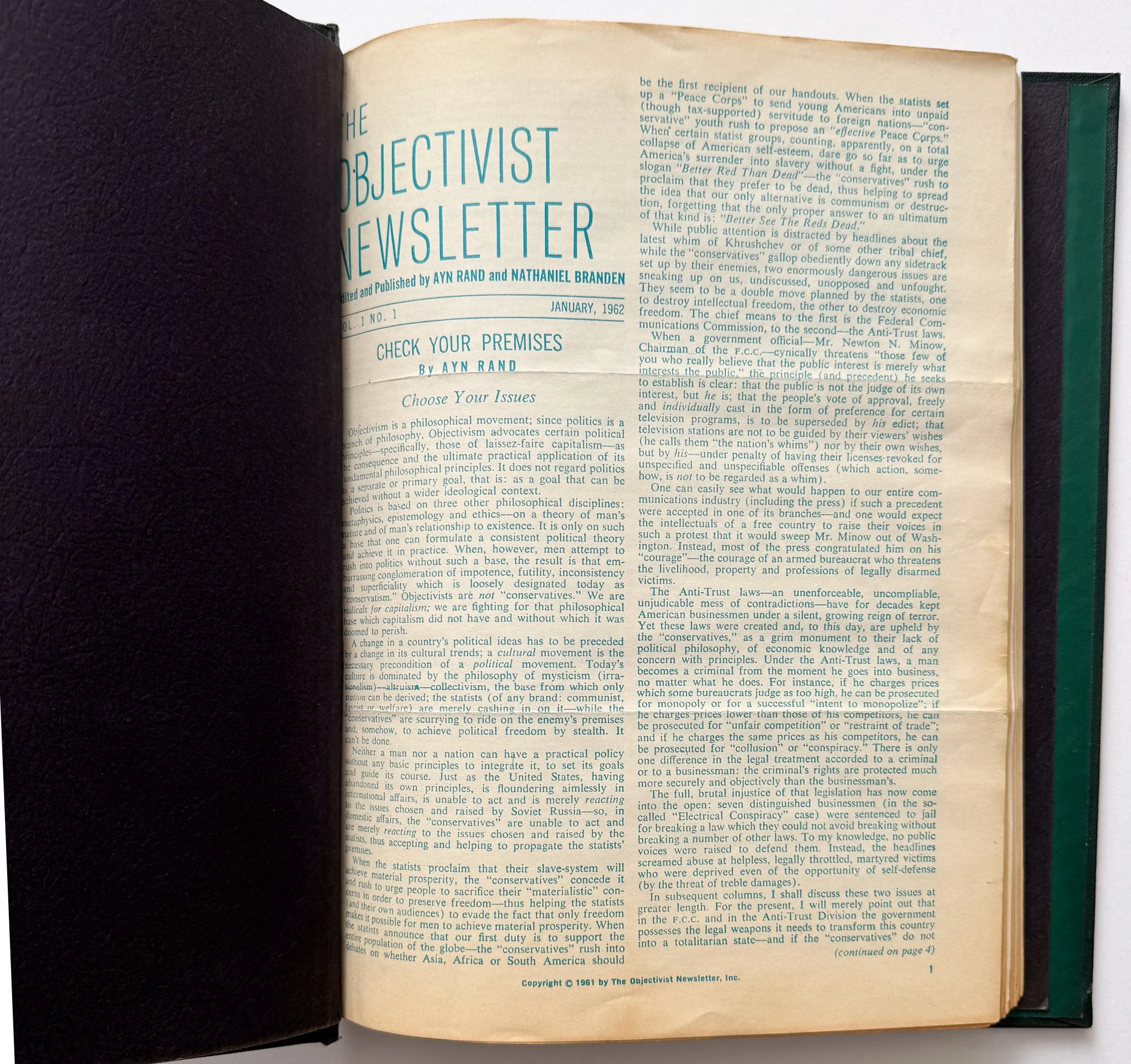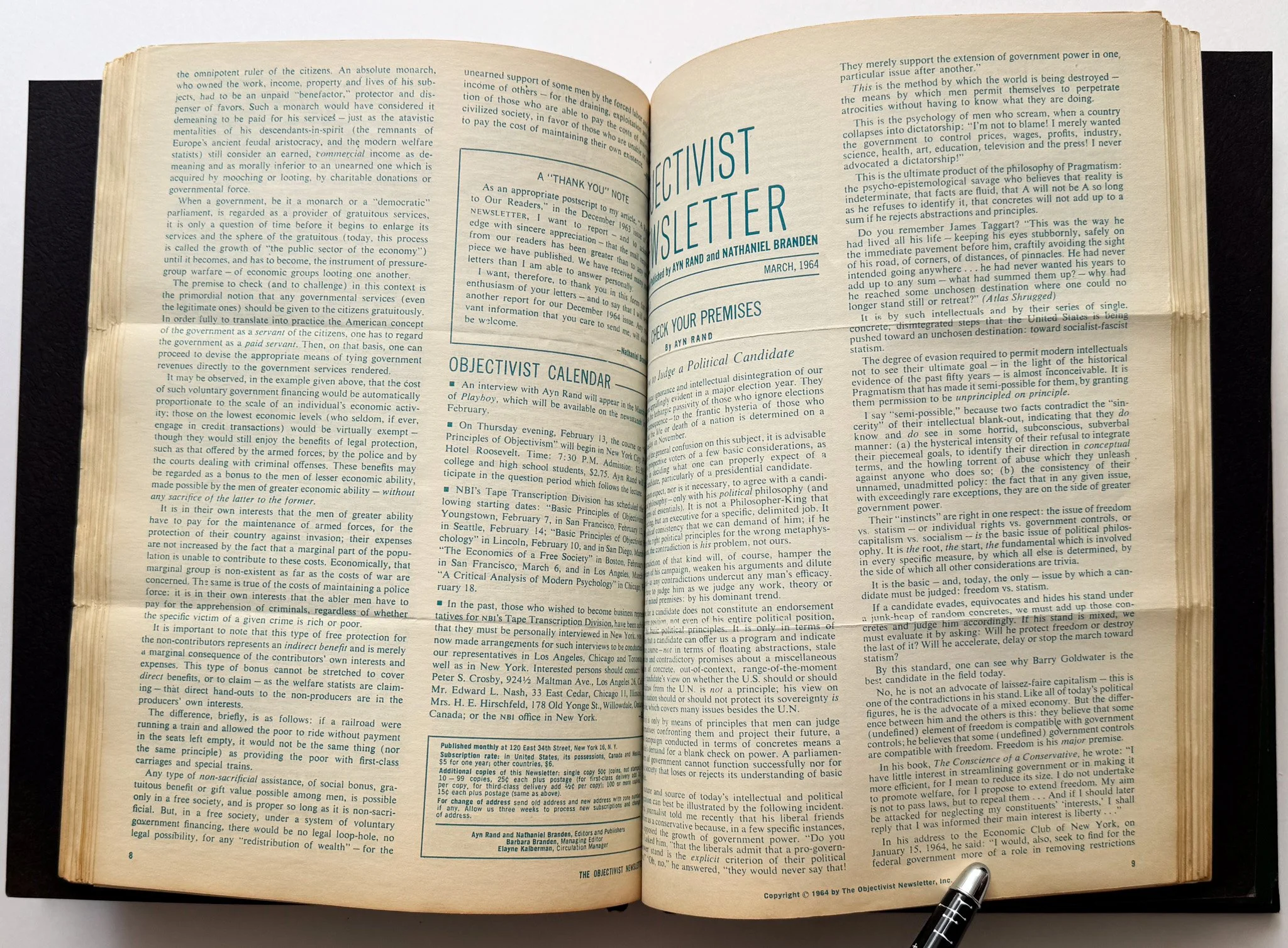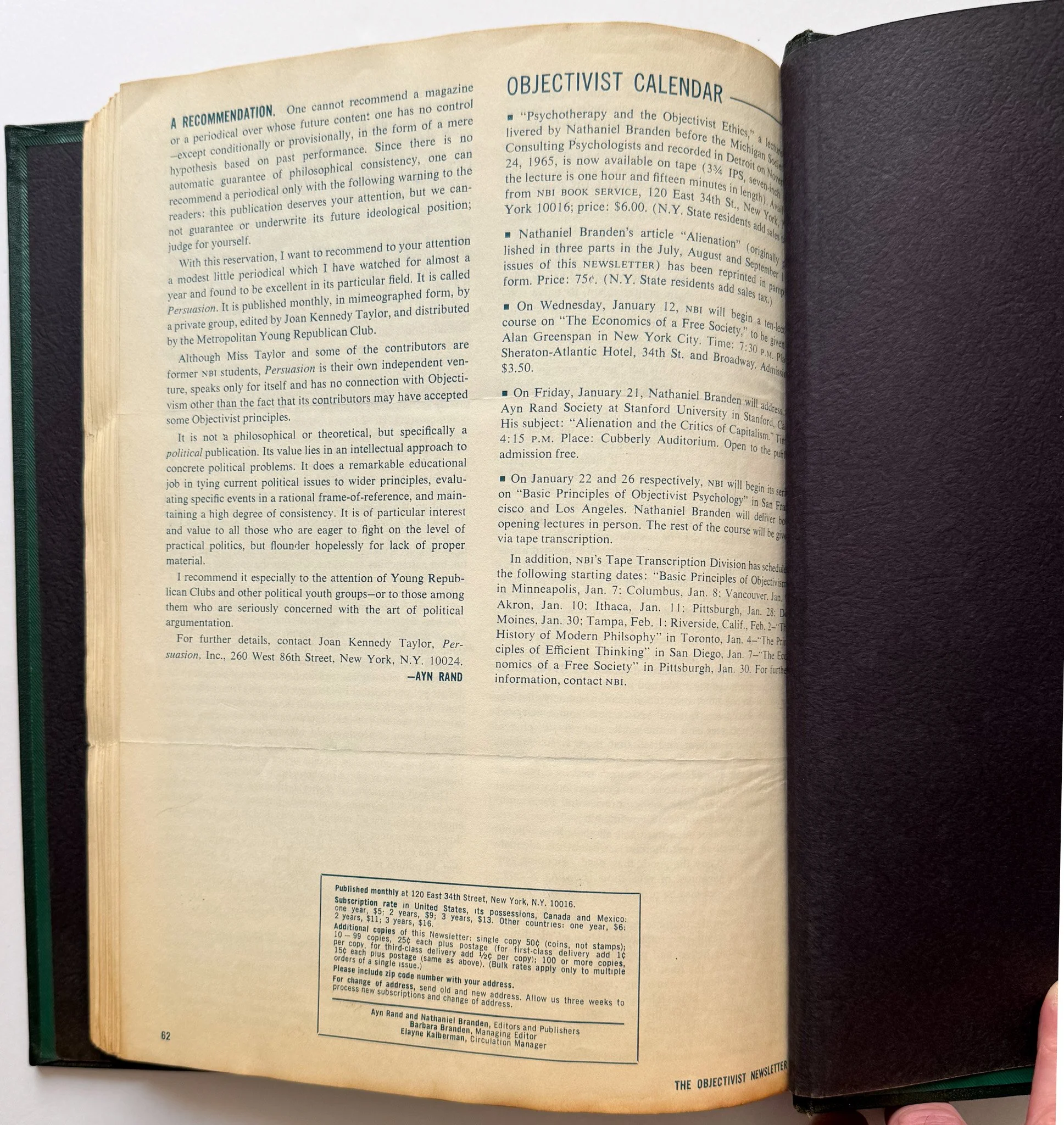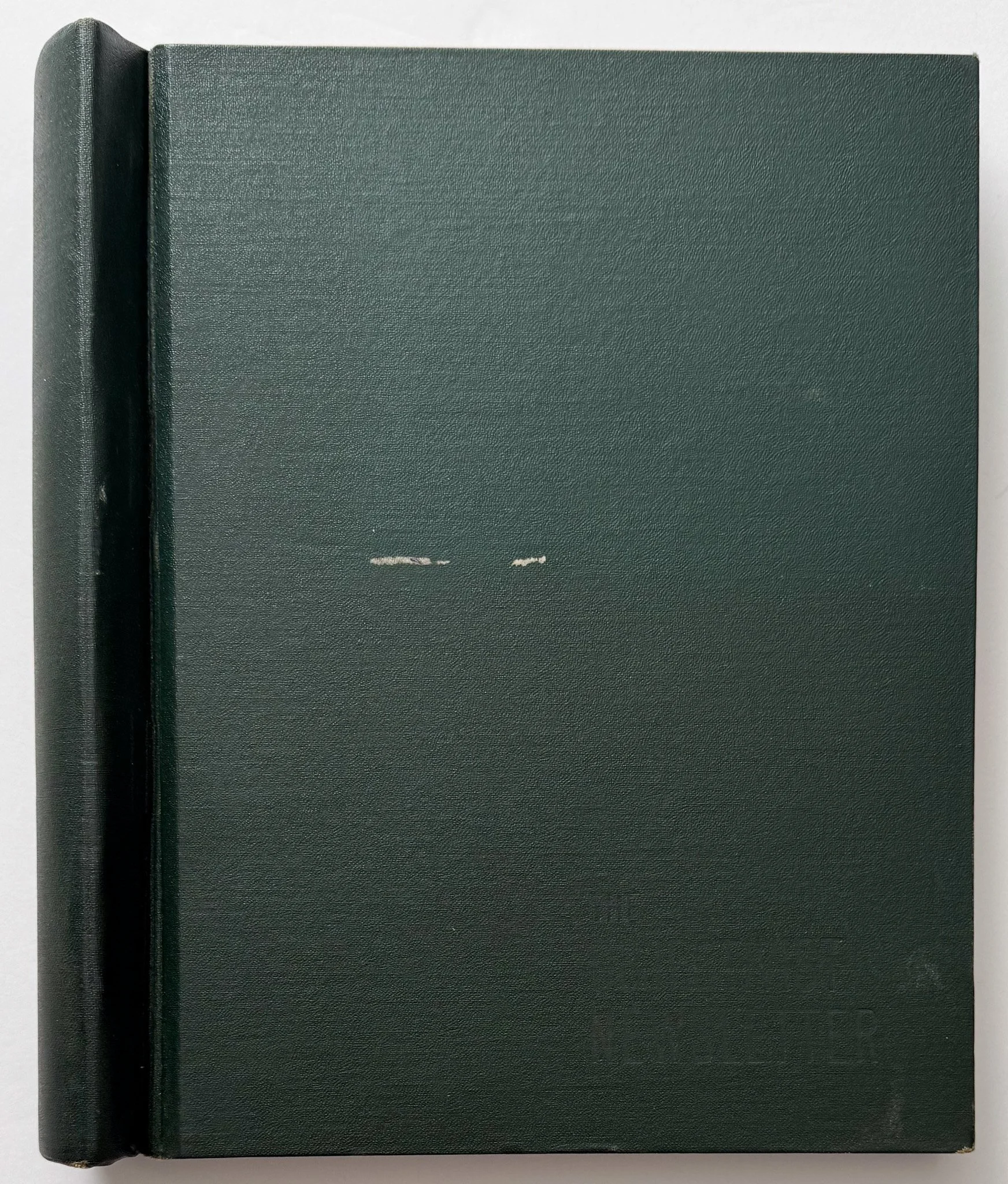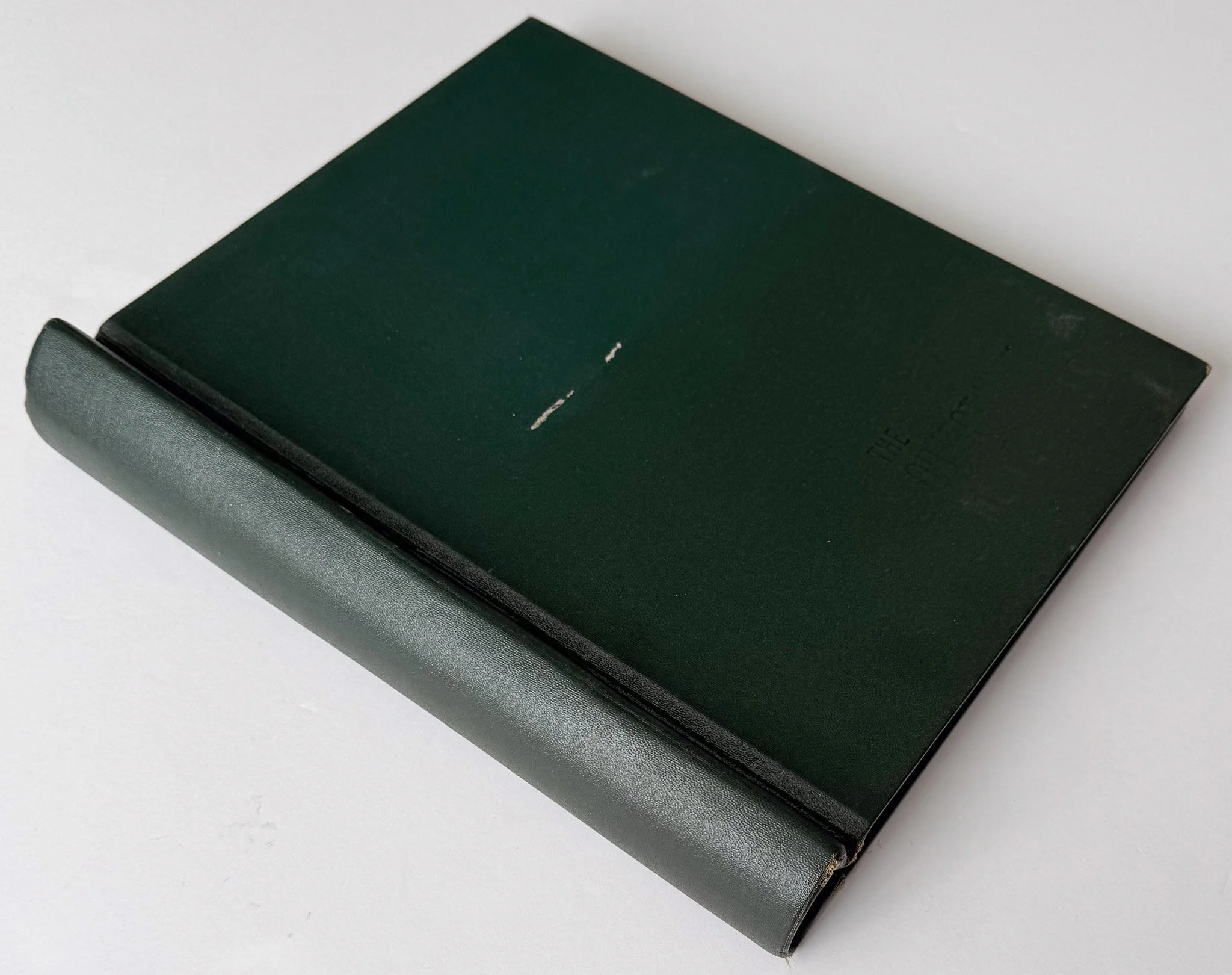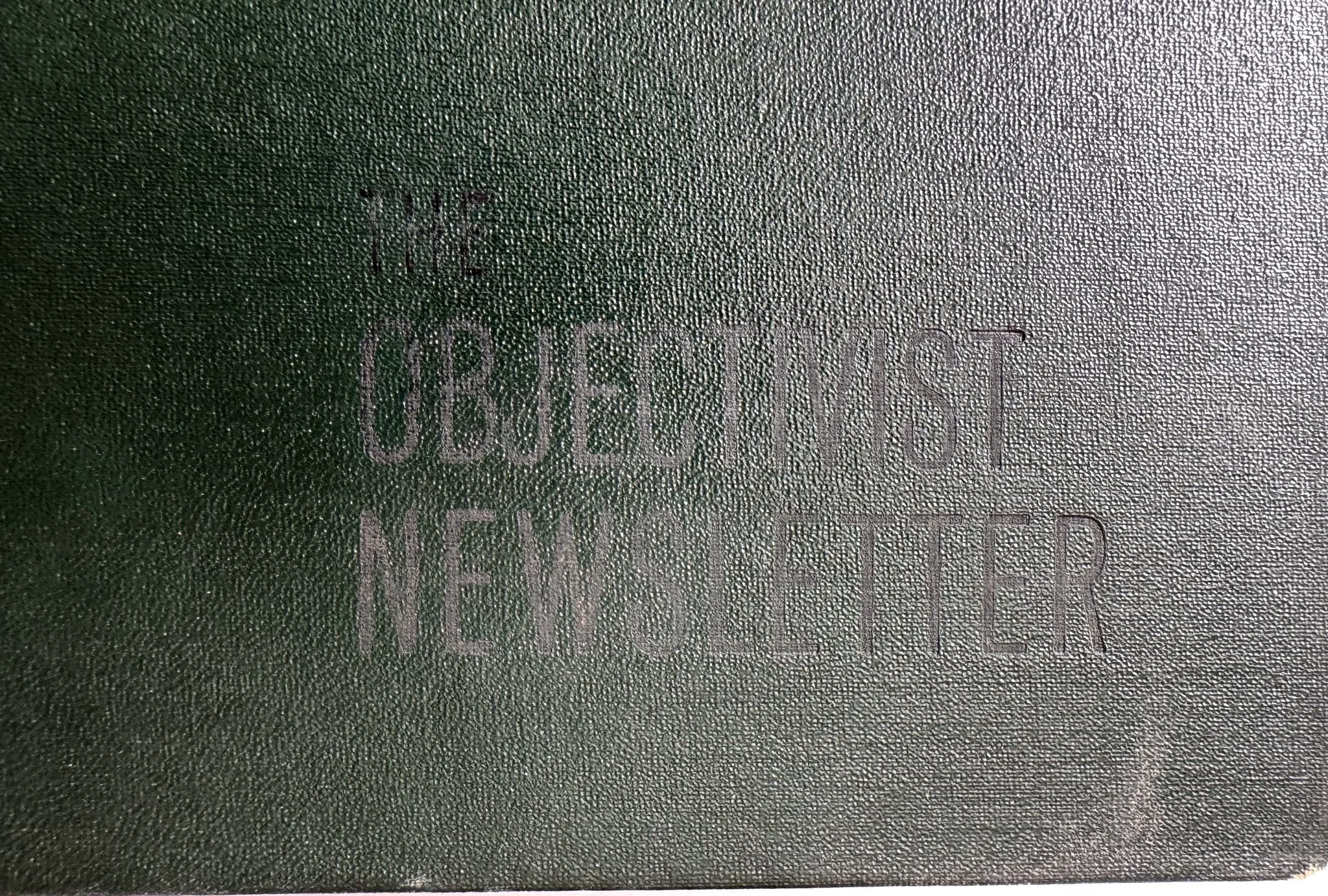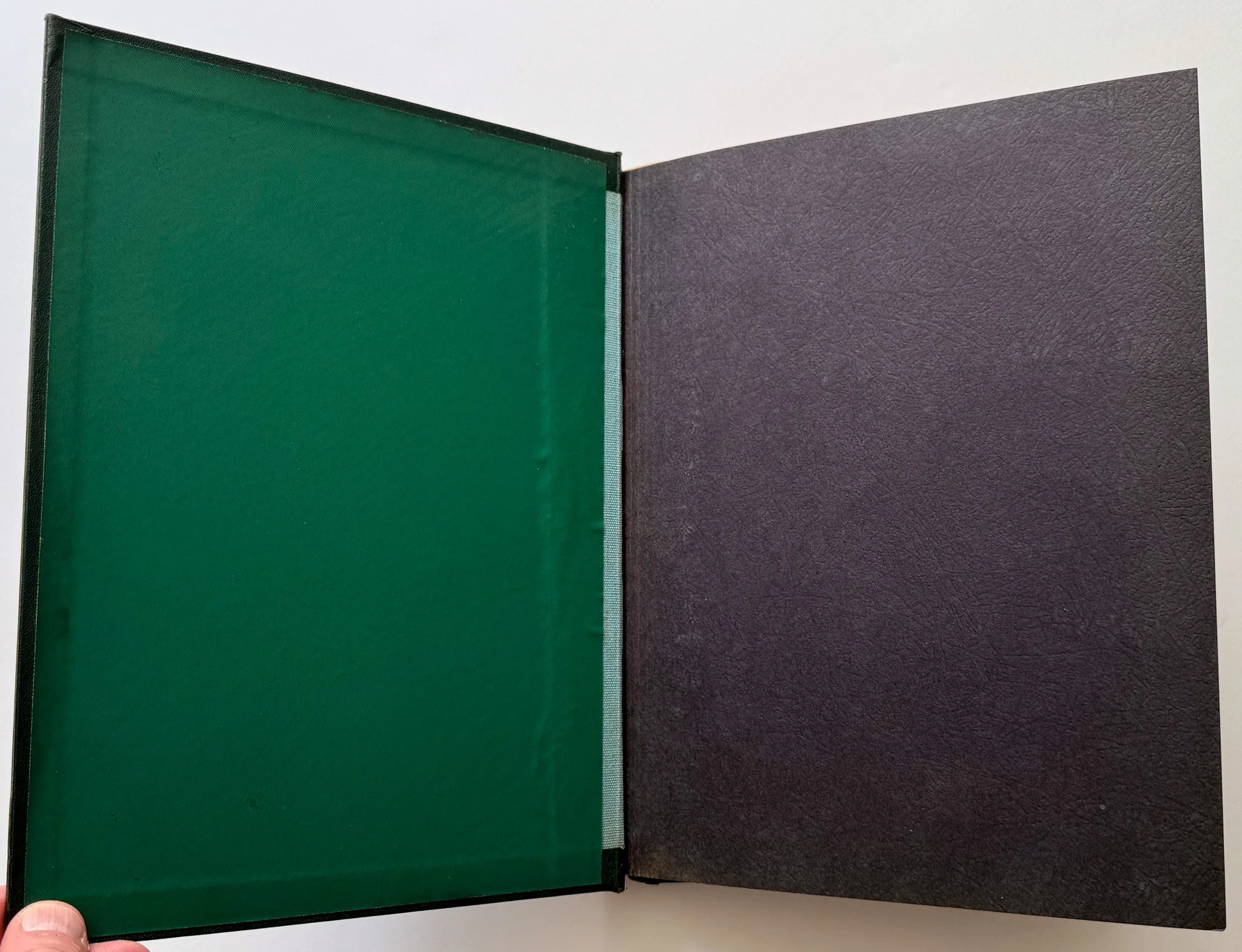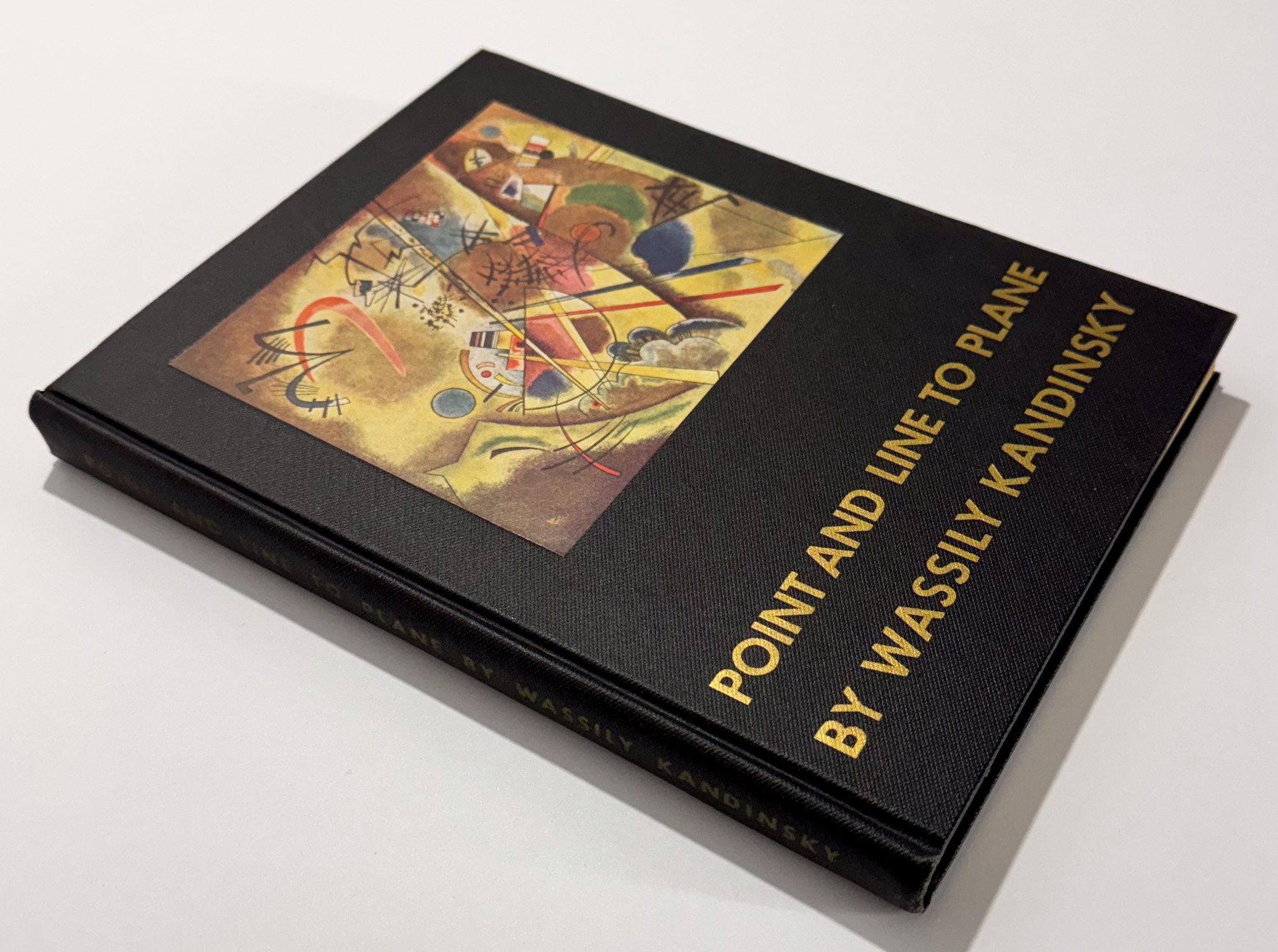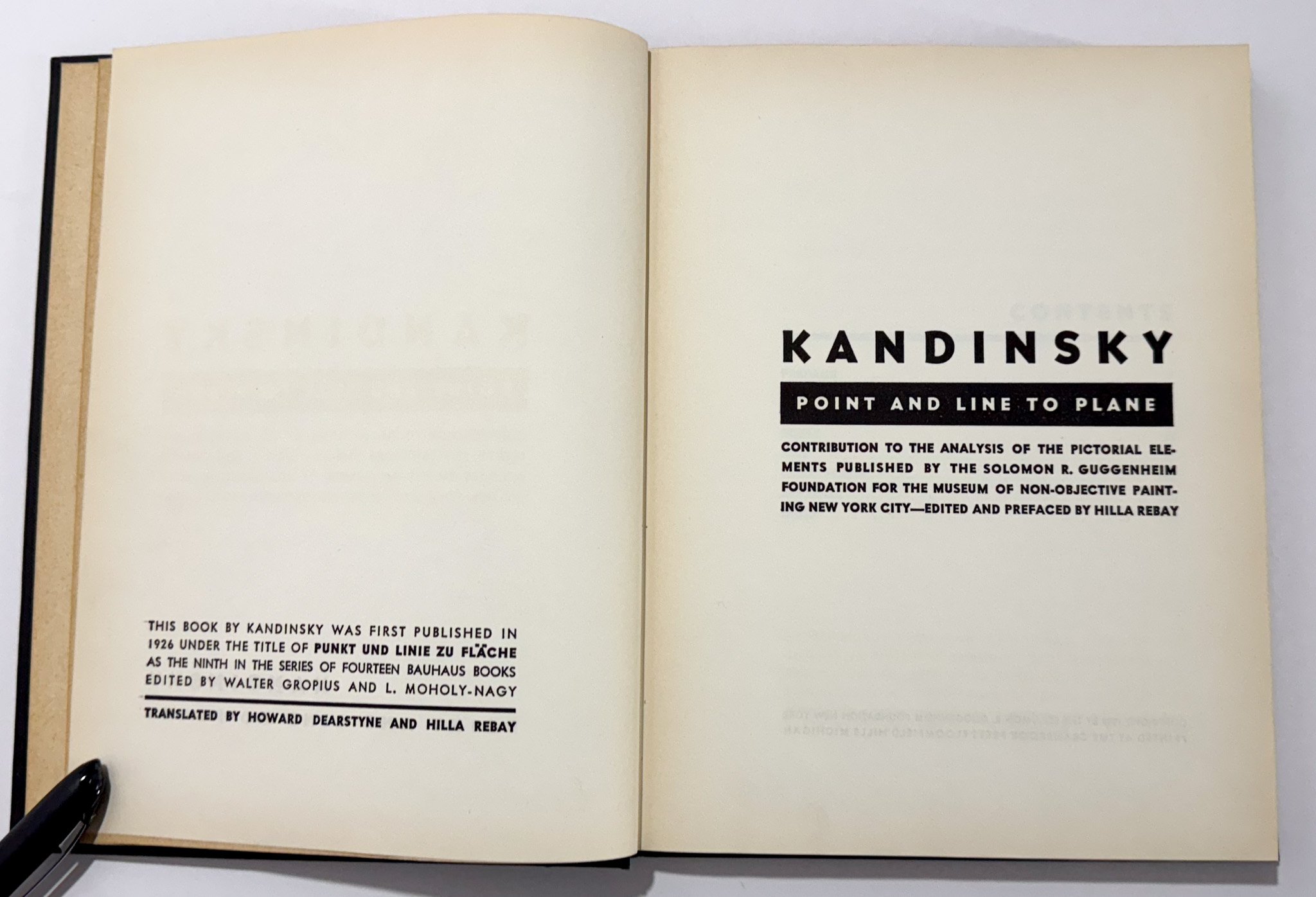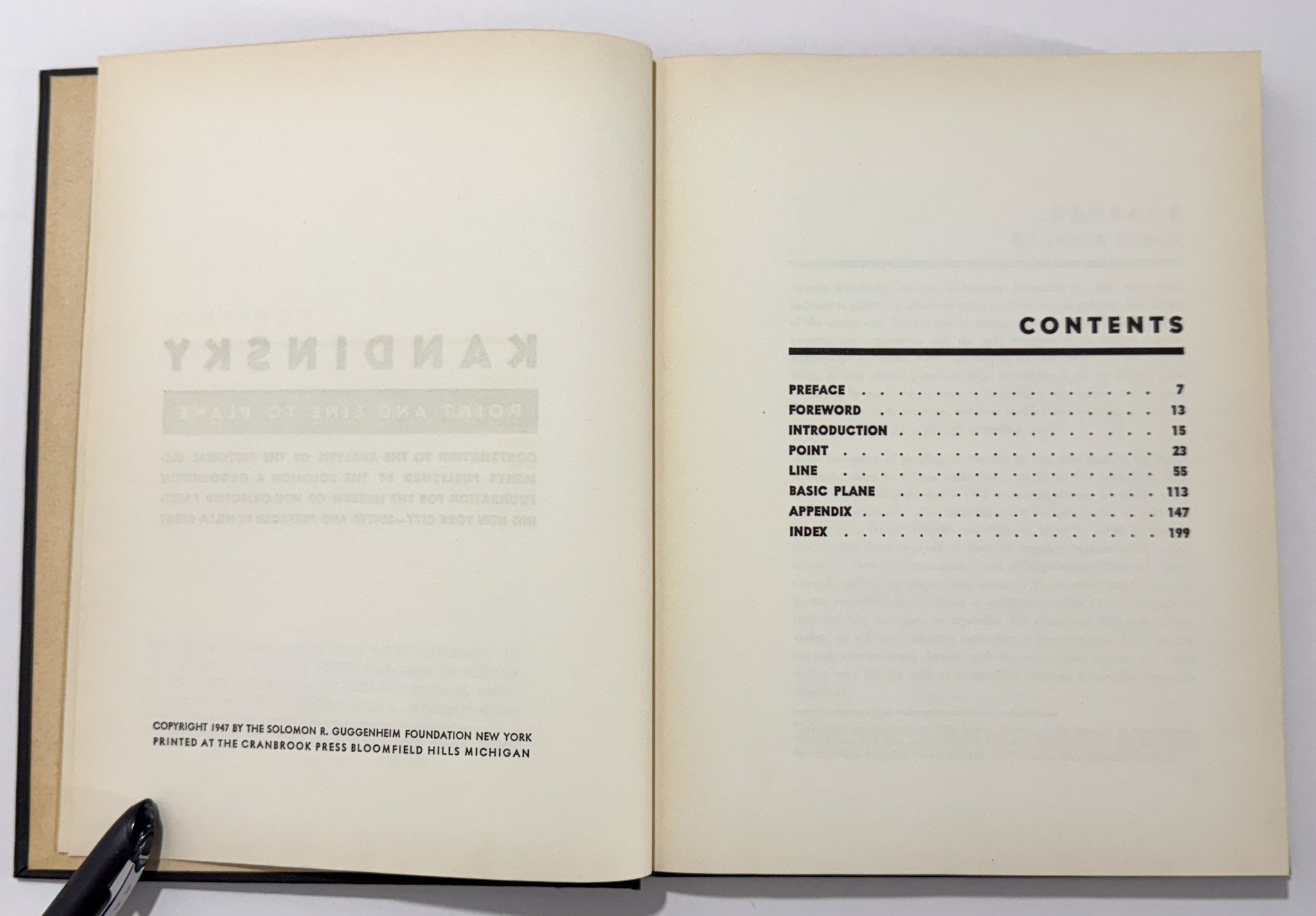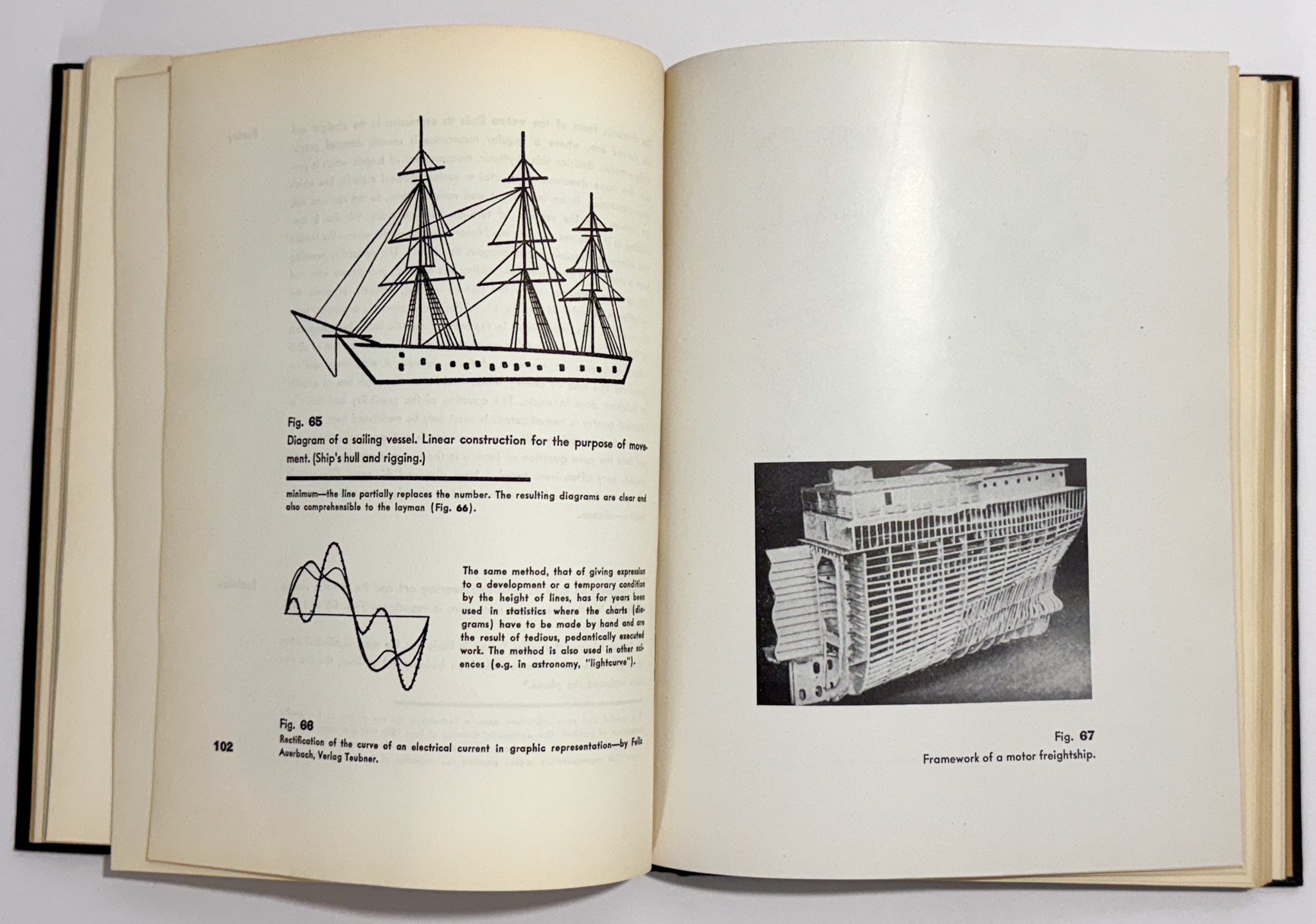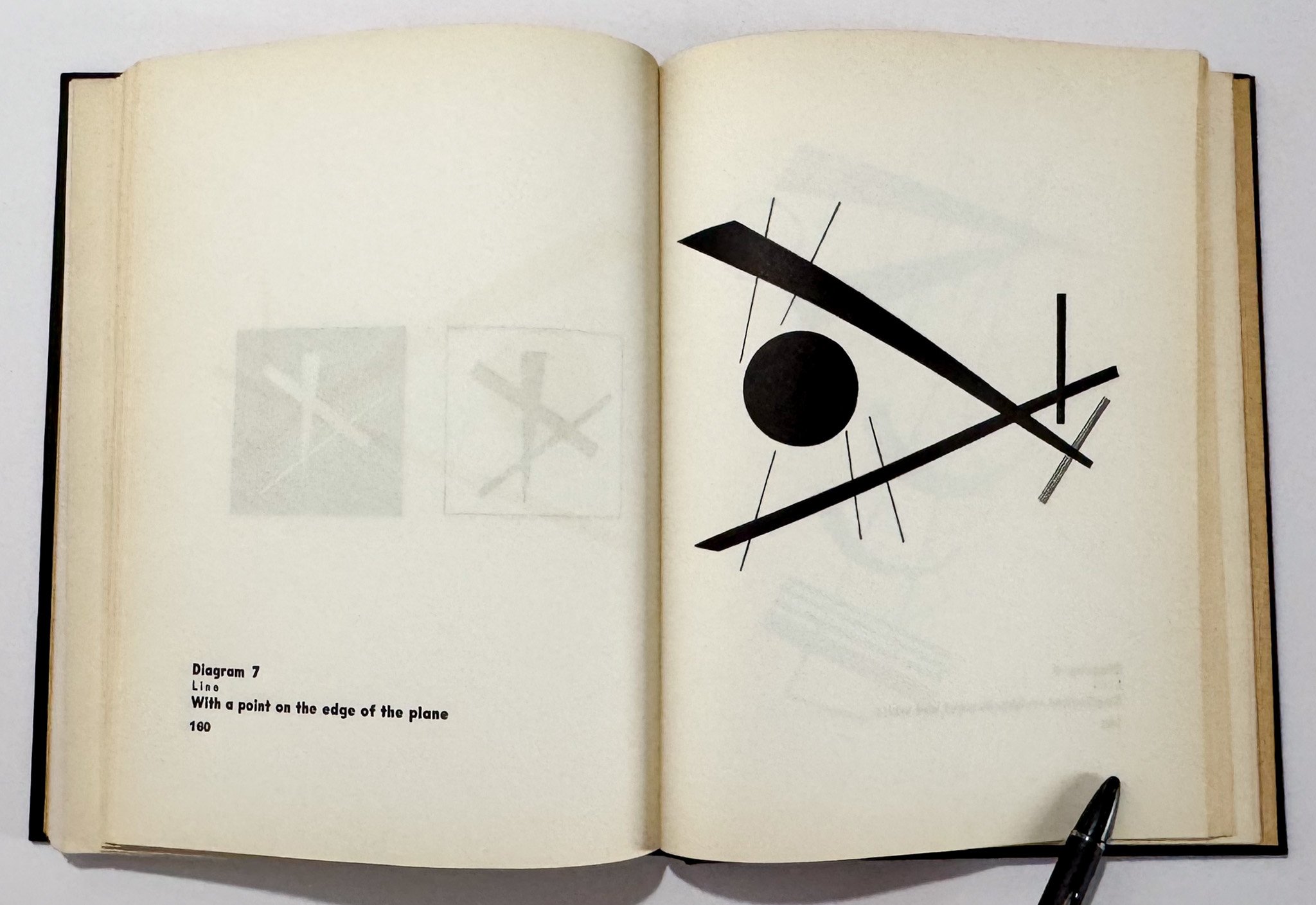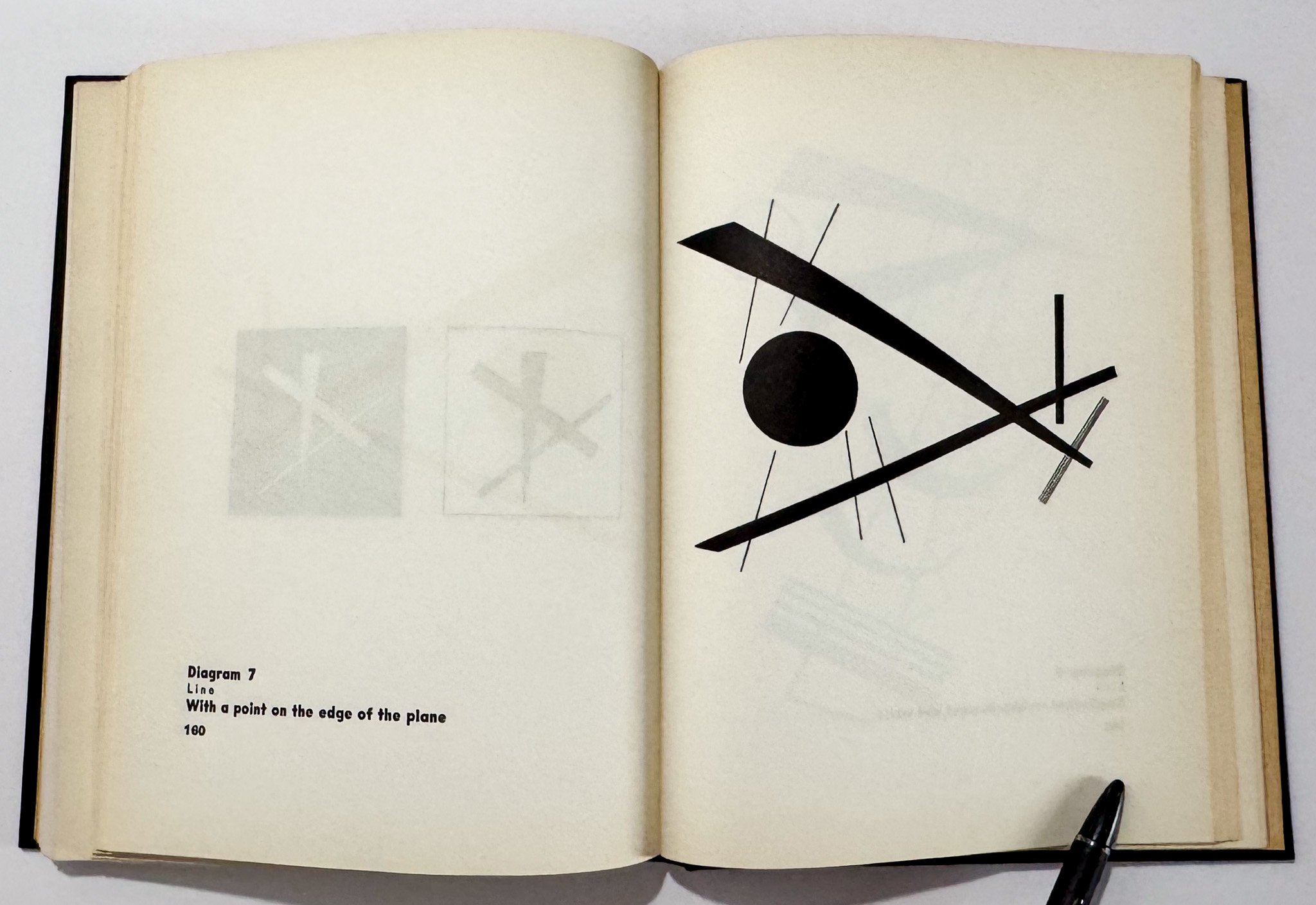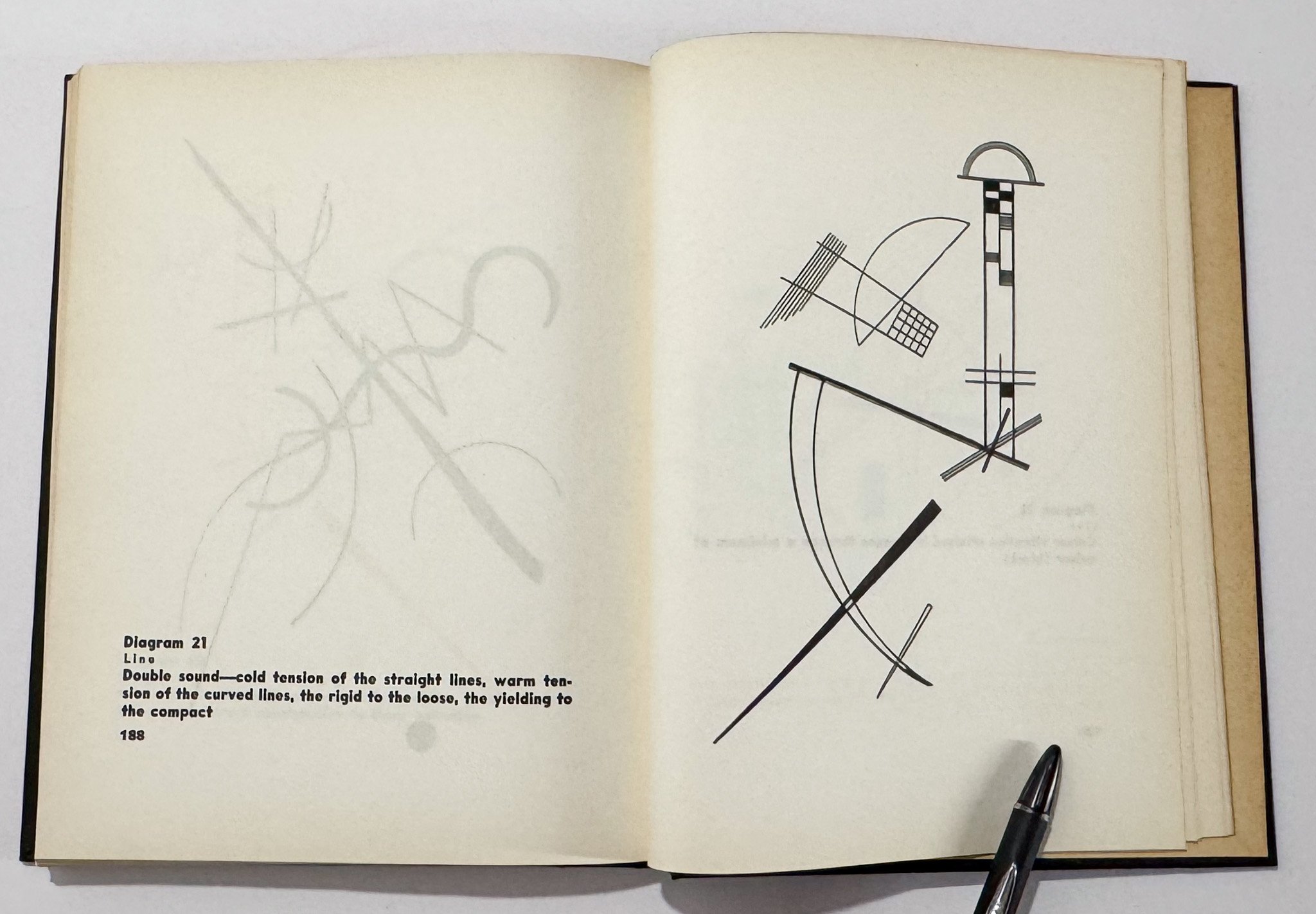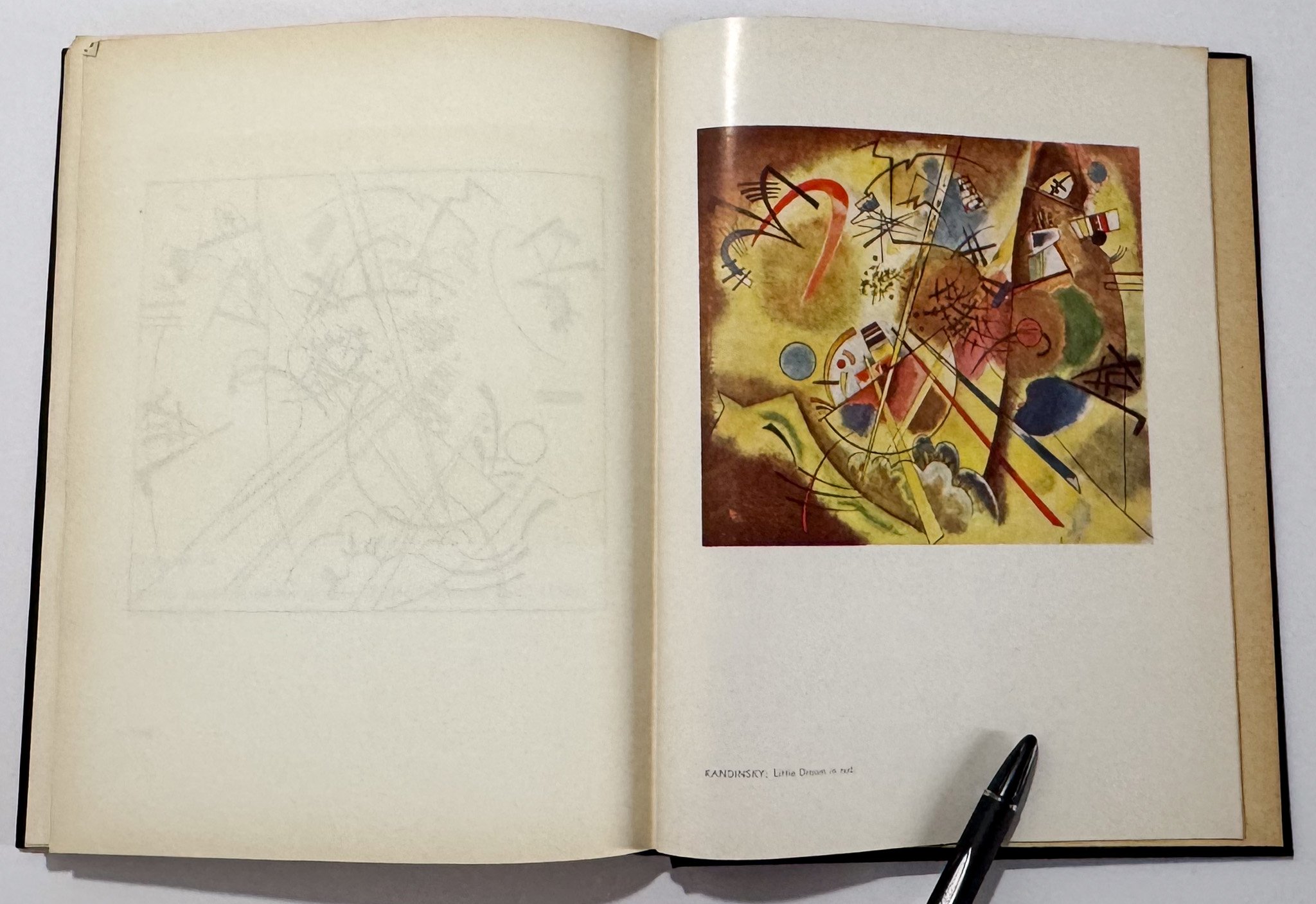 Image 1 of 10
Image 1 of 10

 Image 2 of 10
Image 2 of 10

 Image 3 of 10
Image 3 of 10

 Image 4 of 10
Image 4 of 10

 Image 5 of 10
Image 5 of 10

 Image 6 of 10
Image 6 of 10

 Image 7 of 10
Image 7 of 10

 Image 8 of 10
Image 8 of 10

 Image 9 of 10
Image 9 of 10

 Image 10 of 10
Image 10 of 10











The Presentation of the Atoms for Peace Award (Complete Run)
All 8vo with printed wrappers embossed with front and back views of the medal. Each presentation booklet features a photograph of the honoree(s), along with a citation speech, a response, and one or more topical speeches. Nine items in total: a 1956 prospectus, then awards as follows: Niels Henrik David Bohr in 1957; George Charles de Hevesy in 1959; Leo Szilard, Eugene Paul Wigner, Alvin Martin Weinberg, and Walter Henry Zinn in 1960; Sir John Cockcroft in 1961; Vladimir Iosifovich Vekslerand Edwin Mattison McMillan in 1963; Bertrand Leopold Goldschmidt, Wilfrid Bennett Lewis, and Isidor Isaac Rabi in 1967; Sigvard Eklund, Abdus Salam, and Henry Dewolf Smyth in 1968; and Dwight David Eisenhower, Aage Niels Bohr, Floyd Leroy Culler Jr, Henry Seymour Kaplan, Ben Roy Mottelson, Compton Alexander Rennie, and Anthony Leonid Turkevich in 1969. This represents a complete run of the presentation booklets; a subsequent summation, published in 1978, is not included here. A post-it attached to the prospectus indicates that this set came from Bryce Leggett, an MIT administrator and executive secretary of the Atoms for Peace Awards.
The Atoms for Peace award program, inspired by the eponymous 1953 United Nations speech by President Eisenhower, was underwritten by the Ford Motor Company as a memorial to Henry and Edsel Ford; honorees were chosen who made contributions to the peaceful use of atomic energy. While undeniably an extension of American soft power and Cold War containment strategy, the program nonetheless offered an olive branch of international cooperation in the advance of atomic science, and the promise or at least prospect of shared nuclear energy technology.
General toning, rubbing and bumping to extremities. 1956: Small open tear to bottom corner of front wrapper. 1957: Small closed tear to spine head. Scarce as an individual presentation booklet; highly scarce as a complete run.
All 8vo with printed wrappers embossed with front and back views of the medal. Each presentation booklet features a photograph of the honoree(s), along with a citation speech, a response, and one or more topical speeches. Nine items in total: a 1956 prospectus, then awards as follows: Niels Henrik David Bohr in 1957; George Charles de Hevesy in 1959; Leo Szilard, Eugene Paul Wigner, Alvin Martin Weinberg, and Walter Henry Zinn in 1960; Sir John Cockcroft in 1961; Vladimir Iosifovich Vekslerand Edwin Mattison McMillan in 1963; Bertrand Leopold Goldschmidt, Wilfrid Bennett Lewis, and Isidor Isaac Rabi in 1967; Sigvard Eklund, Abdus Salam, and Henry Dewolf Smyth in 1968; and Dwight David Eisenhower, Aage Niels Bohr, Floyd Leroy Culler Jr, Henry Seymour Kaplan, Ben Roy Mottelson, Compton Alexander Rennie, and Anthony Leonid Turkevich in 1969. This represents a complete run of the presentation booklets; a subsequent summation, published in 1978, is not included here. A post-it attached to the prospectus indicates that this set came from Bryce Leggett, an MIT administrator and executive secretary of the Atoms for Peace Awards.
The Atoms for Peace award program, inspired by the eponymous 1953 United Nations speech by President Eisenhower, was underwritten by the Ford Motor Company as a memorial to Henry and Edsel Ford; honorees were chosen who made contributions to the peaceful use of atomic energy. While undeniably an extension of American soft power and Cold War containment strategy, the program nonetheless offered an olive branch of international cooperation in the advance of atomic science, and the promise or at least prospect of shared nuclear energy technology.
General toning, rubbing and bumping to extremities. 1956: Small open tear to bottom corner of front wrapper. 1957: Small closed tear to spine head. Scarce as an individual presentation booklet; highly scarce as a complete run.




